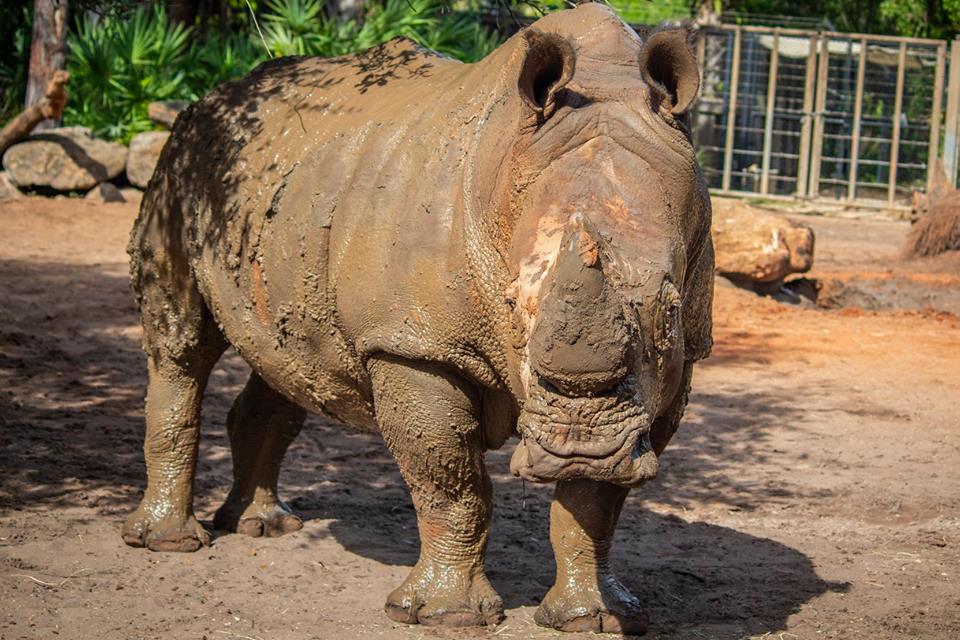If we humans want to look better, less wrinkly, more youthful, why do we think it’s okay to use animals to test out cosmetic and skincare products?
We do understand the necessity of animal testing for medical reasons but there’s something really wrong about taking animals to do research for vanity purposes.
Humane Society International estimates that approximately 100,000-200,000 animals suffer and die just for cosmetics every year around the world. These are rabbits, guinea pigs, hamsters, rats and mice. While dogs and monkeys are never used to test cosmetics anywhere in the world, they are used to test other types of chemicals.
For years, some companies have been using artificially grown human skin and human leftovers from cosmetic surgery. It seems according to a story from CNBC that human skin may eventually be so technologically advanced that organs can be synthesized.
L’Oreal’s EpiSkin is tempering the public outcry over animal testing that’s plagued the cosmetics industry for decades.
The company’s biggest competitor is MatTek’s EpiDerm which produces about two adult humans’ worth of skin every week. The raw material for EpiDerm is human skin cells retrieved from surgical waste following cosmetic surgeries and circumcisions.
The next step is a revolutionary technology to synthesize an entire liver, brain, kidney or other human organ onto a microchip.
Beginning in the 1980s, a young biologist at L’Oréal’s laboratories near Paris successfully reconstructed a human epidermis.
Since then, reconstructed skin models have gradually became more complex and present characteristics that are increasingly close to human skin in its natural state. L’Oreal says:
They enable us to evaluate, prior to the development of products, the safety and effectiveness of their component ingredients. They also serve in the selection of new active ingredients to fight against aging of the skin, pigmentation, and sun damage, for example. They continue to provide answers to many questions asked by researchers about the mysteries of the skin. Today, L’Oréal has a dozen skin and other tissue models (cornea, gingiva and pulmonary mucosa.
Photo credit: PETA




